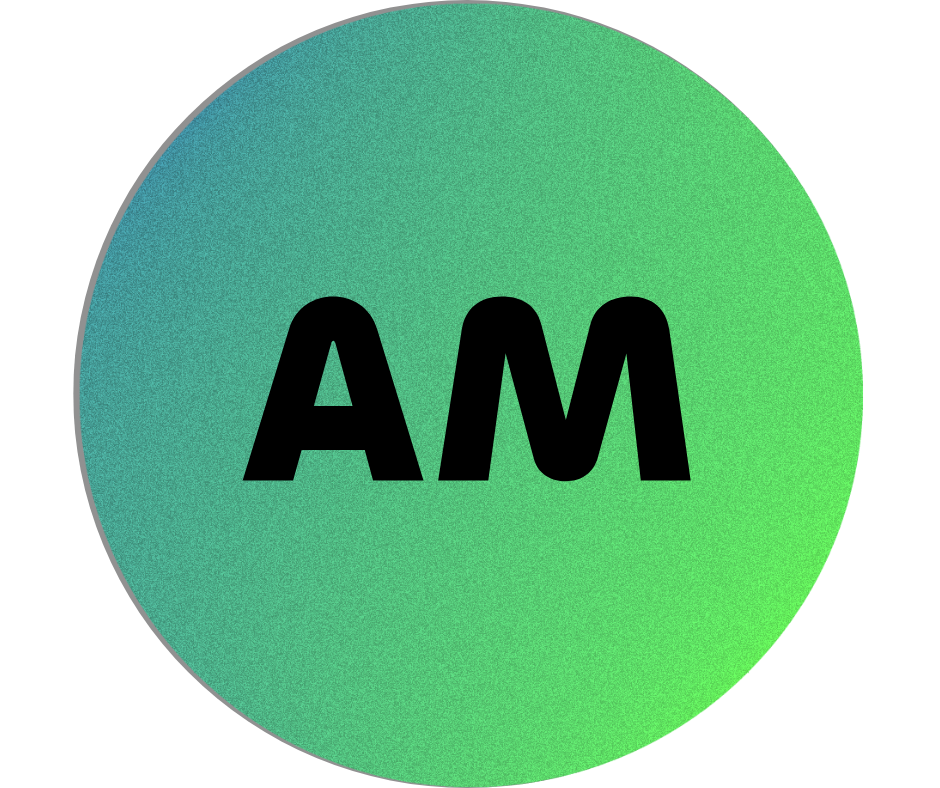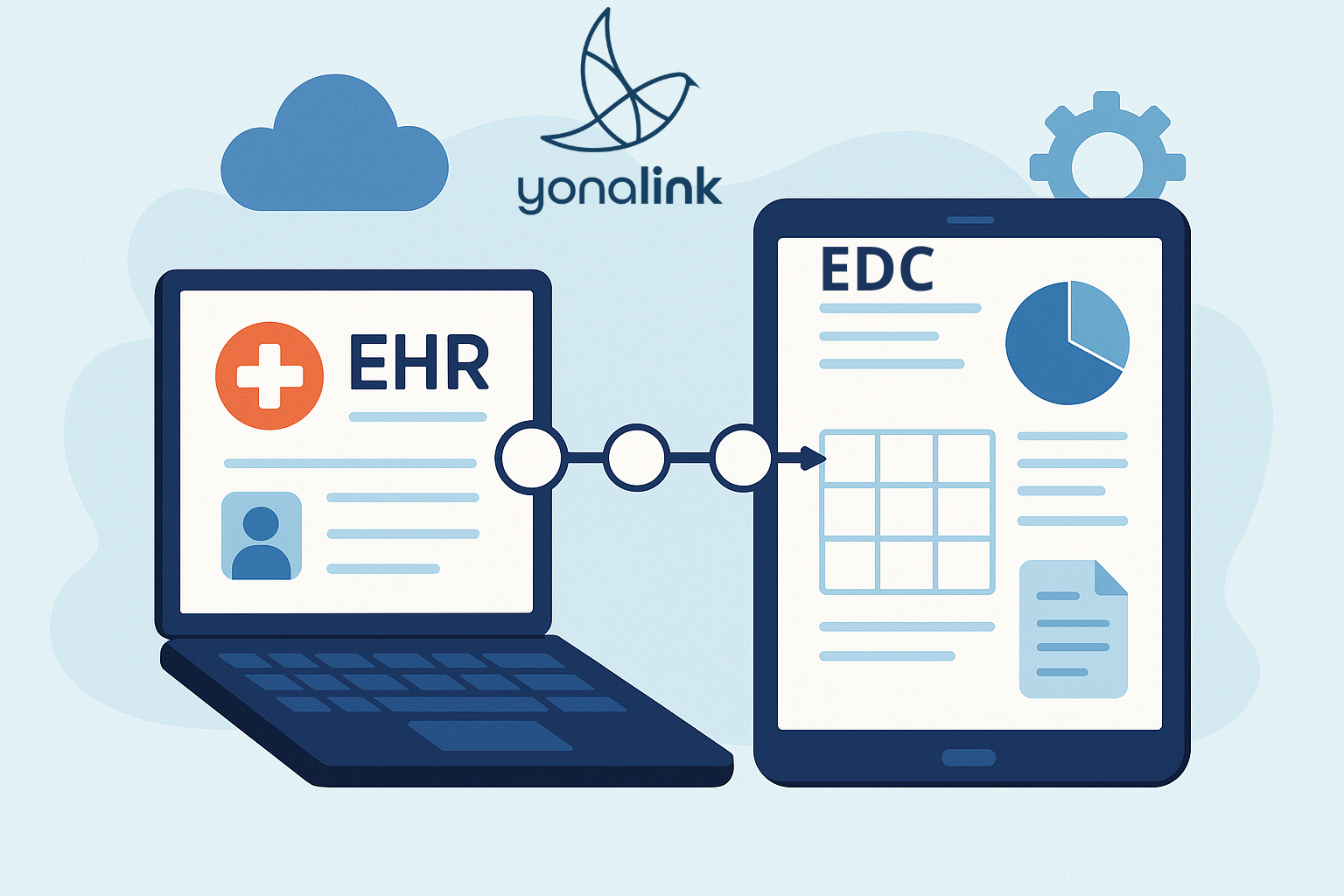
Alicia Mintz
October 23, 2025
In 2025, EHR-to-EDC automation is reshaping how sponsors, CROs, and research sites manage clinical data.

Manual transcription from electronic health records (EHRs) to electronic data capture (EDC) systems has long been a source of cost, delay, and error in clinical trials.
In 2025, that bottleneck is finally breaking.
Across sponsors, CROs, and site networks, EHR-to-EDC automation is shifting from early adoption to expected standard, powered by interoperability frameworks like FHIR, greater regulatory confidence, and proven ROI.
FHIR (Fast Healthcare Interoperability Resources) has matured from a promising standard into the backbone of EHR-EDC connectivity.
Major EHR systems including Epic, Cerner, Allscripts, and others, now offer FHIR-based APIs, enabling vendors like Yonalink to stream structured data directly into EDCs.
As sponsors demand higher data quality and faster insights, FHIR compliance is increasingly seen as a prerequisite for site readiness.
Trial sponsors and data managers no longer want to wait days or weeks to view site-level updates.
EHR-to-EDC technology enables near real-time monitoring of patient status, visit completion, and data quality.
This shift is fueling adoption among global pharma and biotech firms seeking faster database locks and earlier interim analyses - outcomes that were difficult to achieve with manual workflows.
Artificial intelligence is now being layered on top of EHR-to-EDC pipelines.
AI models assist in data mapping, anomaly detection, and even predictive query management, reducing manual oversight and boosting accuracy.
Combined with automation, this creates a closed-loop data flow where source data verification (SDV) time and query rates continue to decline.
For years, regulatory hesitation slowed adoption.
That’s changing quickly.
In the United States, the FDA’s Digital Health Technologies guidance and updated Part 11 expectations have clarified acceptable approaches for EHR-to-EDC integration.
In Europe, EMA’s push toward eSource adoption under Good Clinical Practice (GCP) modernization is accelerating pilots.
Even in emerging regions, sponsors are leveraging global frameworks (HIPAA, GDPR, ISO 27001) to ensure compliant data flow across borders.
Site coordinators consistently report that data entry consumes over 30% of trial time.
As staffing shortages persist, automated data flow from EHRs to EDCs is becoming a differentiator for site participation.
Networks and academic research organizations are now proactively seeking partnerships with vendors offering secure, validated, and low-friction integration.
While the term “EHR-to-EDC” remains central, the underlying technology is evolving into broader EHR-to-Anywhere streaming.
Forward-looking sponsors now route data not just to EDCs, but also to data lakes, real-world evidence platforms, and AI-ready repositories.
Yonalink’s architecture, for example, supports multi-destination data streaming - ensuring the same validated dataset can power analytics across the trial lifecycle.
Early adopters are publishing measurable outcomes:
As more CROs and sponsors quantify the gains, EHR-to-EDC integration is shifting from a “nice-to-have” to a budgeted line item in digital trial strategies.
By the end of 2025, industry analysts predict that more than half of new interventional trials will incorporate some level of automated EHR data capture.
The remaining challenge is scale. I.e. expanding beyond pilot programs to global, multi-site deployments that respect local privacy laws and diverse EHR ecosystems.
Vendors that balance compliance, interoperability, and usability will define the next era of connected clinical research.
EHR-to-EDC automation has matured from innovation to infrastructure.
In a world where trial efficiency and data integrity are non-negotiable, automation is the bridge connecting sites, sponsors, and patients.
→ Download our 2025 EHR-to-EDC Benchmark Report to explore adoption metrics, ROI data, and expert insights from across North America and beyond.